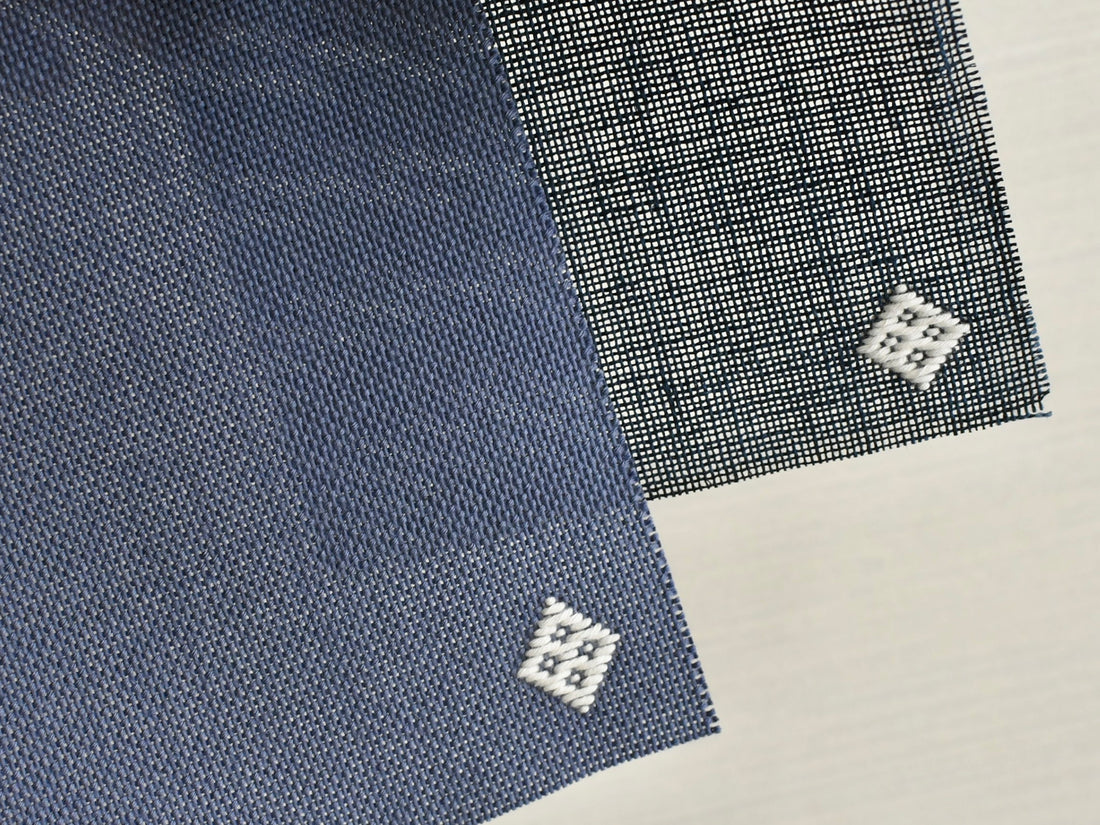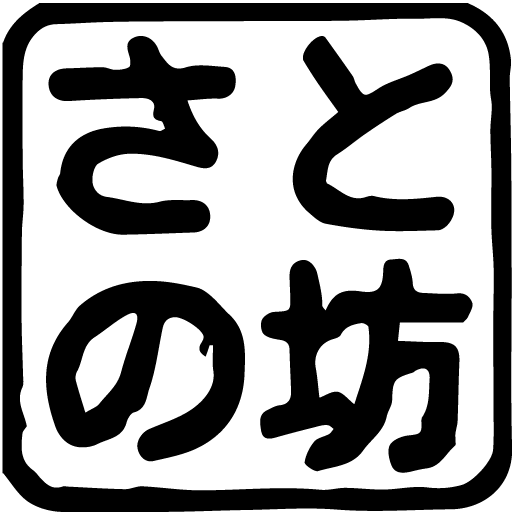
Understanding cloth and thread 9 (transparency of cloth 3)
◆Knowing cloth and thread 9 (transparency of cloth 3)
In the previous article, Understanding Cloth and Thread 8 , we investigated what characteristics could be considered based on the relationship between transparency and weight of the 12 pieces of cloth we investigated. It was also interesting to arrange them in order of weight, without distinguishing between linen and cotton. This time, the research content remains the same, but we will compare photos zoomed in on the fabric.
Let's start with Azabu . The cloth and camera position are fixed and photographed.

(Azabu, but fancy hessian is a rayon blend)
When you look closer, you get the impression that the thread thickness of A. Hemp 252 and D. Daruma is uneven . What effect does this unevenness have on the friction when the thread passes through the fabric? Compared to other fabrics, there seems to be no variation in the thickness of the threads. Can you get an idea of which fabrics are easy to sew and which ones are difficult to sew just by looking at the photos?
Next, let's look at cotton cloth.

(cotton cloth)
Compared to linen cloth, the thickness of the threads is uniform throughout. You can also see that light passes through the grain of G. New Congress and K. Perry Pull , which are lightweight among the cotton fabric group. This seems to be worth Kogin-zashi. It's hard to tell from the photo, but J. Lucien's Congress has a glossy and smooth surface. In contrast, H. Kensen's Congress does not have a shiny surface and has the feel of a particularly durable kogin cloth.
◆Future investigation contents
In the title `` Fabric Transparency 7~9 '', we looked at the characteristics of the fabric as a whole. After this, we will take a look at each type one by one and take a deeper look at their characteristics.
Of course, it is important to take advantage of the different aspect ratios of patterns in your work, but it is also important to choose fabrics that match the texture (casual or classic) and processing. I would like to keep this aspect in mind when conducting subsequent investigations.
Lastly, I would like to leave a photo of A. hemp 252, which will be the subject of the next study. This cloth is used in the linen fabric of the ``Tora/Tora'' kogin embroidery kit that allows you to enjoy the seasons .
Thank you for your continued support.

(Azabu 252: Azabu sold at the handicraft shop Tsukiya in Hirosaki City)
◆Regarding the survey content
This information is for those who enjoy Koginzashi on their own, and was researched by Satonobo using materials he kept at home. Please note that depending on the storage environment, there may be a discrepancy in the count or weight of the fabric you have. Also, unauthorized use of photos is prohibited. I hope you have a fun Kogin time.
Satonobou
